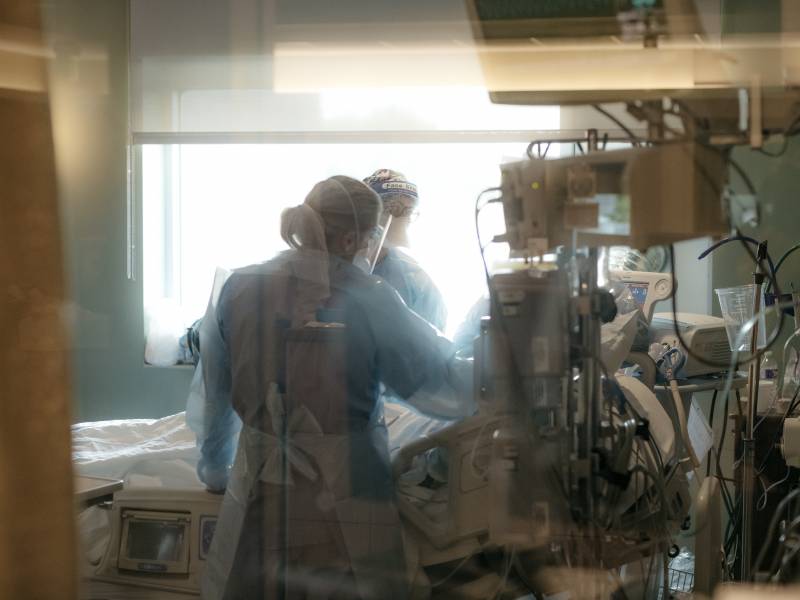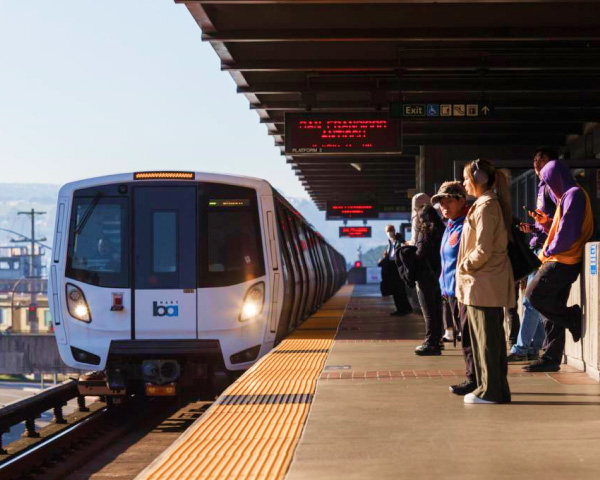Across the country, hospitals desperate for nurses — especially in acute care —are trying to address intense burnout among health care workers and accelerated nurse retirements by hiring new graduates. They’re offering jobs to students even before they graduate, and in many cases offering bonuses and loan repayment as financial incentives. And the interest is there; enrollments and applications in baccalaureate and advanced nursing degree programs increased last year. Leaders in nursing say the trends — which predate the pandemic — are the same for certificate programs in licensed practical nursing, licensed vocational nursing and certified nursing assistant programs.
Yet — paradoxically — becoming a nurse has become more difficult, narrowing the pipeline for new nurses coming through the system.
A lack of instructors is part of the problem
One of the biggest bottlenecks in the system is long-standing: There are not enough people who teach nursing. Educators in the field are required to have advanced degrees, yet typically earn about half that of a nurse working the floor of a hospital.
The pandemic worsened those financial strains, forcing many educators to look for more lucrative work, says Sharon Goldfarb, who has advanced degrees in nursing care, has worked as an RN and family nurse practitioner and teaches nursing at several schools near San Francisco. Her spouse lost his job during the pandemic — one of the most common reasons educators are leaving, she says. She surveyed 91 community colleges in California and found that nursing faculty declined 30% since the pandemic began.
“To lose an additional 30% has been devastating,” she says. “There is not a school I know of that isn’t desperately looking for nursing faculty.”
That desperation is compounded by an aging demographic. With so many in their late 50s and 60s, the country’s nursing faculty is continuing to decline, to about two-thirds what it was in 2015.
Taken together, those factors are severely limiting the number of students that schools can accept, and in some cases it disrupts classes themselves.
“Some schools went on hiatus. Some schools reduced their enrollment, so they took even fewer students. Some schools … scrambled so much, they actually have to extend semesters,” Goldfarb says.
The pandemic curtailed training programs
In addition, since the beginning of the pandemic, nursing students have had a harder time getting the clinical or hands-on training required to graduate, because hospitals curtailed their training programs to control the risk of infection.
“Faculties and schools have found ways to innovate, to educate students by the use of the internet, distance learning and simulation labs,” says Peter Buerhaus, a professor and health economist at Montana State University’s College of Nursing who studies the nursing workforce. Those innovations have helped mitigate the impact of the pandemic on education, he says, but schools aren’t like factories that can ramp up their production.
The nursing shortage, he says, was more acute in the 1990s, when hospitals drastically cut back on staff to cut costs. But with the retirement of baby boomers, the influx of new nurses needs to keep up.
Last year, enrollment in baccalaureate and higher-level nursing degree programs increased, but colleges and universities (not including community college nursing programs) still turned away more than 80,000 qualified applicants due to shortages of faculty, clinical sites and other resources, according to the American Association of Colleges of Nursing.
How one applicant persevered
Whitford, the nursing student aiming to become an RN, is getting even more specialized training as an ER nurse. He says many people ask him how he has persevered through the gauntlet of nursing school. “‘Everything I have, I’ve always had to work extremely hard for,'” he says he tells them.

9(MDAxOTAwOTE4MDEyMTkxMDAzNjczZDljZA004))
